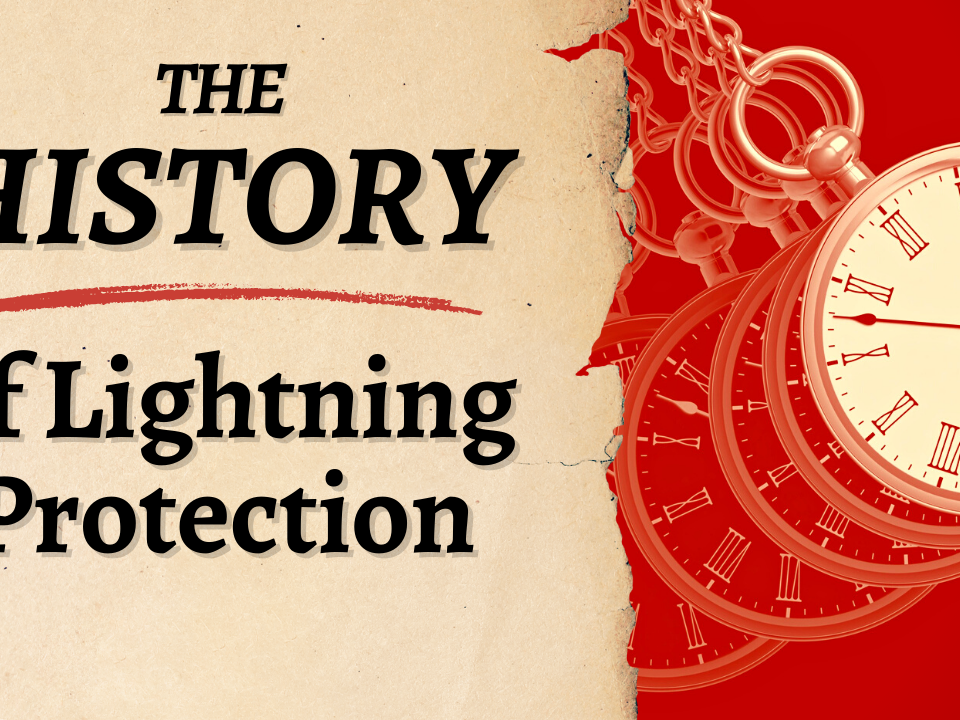- We Prevent Lightning Related Problems.
Lightning strikes on the rise – and on track for more in the future!
July 9, 2012A flash and then, darkness – substations get hit by lightning all the time
July 19, 2012Lightning started storage tank fires becoming increasingly more common.
Last week in Kentucky lightning struck a storage tank farm initiating a hazardous fire and explosion that destroyed at least two tanks. In addition, the lid from one of the tanks was blown into the middle of a highway 41 and the blast set additional tanks ablaze. This one event also damaged on-site power lines, subsequently creating power outages in the surrounding areas. Fortunately nobody was injured, but plenty of damage was done. We Can Prevent this type of Lightning Problems By Using Fuel Tank Lightning Protection solutions.
Storage tanks, whether petroleum tanks, chemical storage tanks or other flammable liquids or waste are known to be vulnerable to lightning strikes due to vapor. In a study completed in 2004/2005, of 480 petroleum storage tanks fires reviewed between 1951 and 2003, about one-third were attributed to lightning. Additional studies have found lightning to be a primary cause of the majority of Storage Tank fires. As lightning strikes are on the increase and the intensity is growing, hazardous liquids need to pay attention as do the storage facilities that store them.
How can facilities protect against lightning strikes?
Yes, oil tanks and or floating roof petroleum storage tanks (FRTs) can be protected from lightning. Awareness of these opportunities and services is the first step in preventing explosions and protecting assets. And the rapidly changing climate is predicted to cause more lightning strikes in many places worldwide, making it only more important to (re)evaluate the risks of a strike and the asses the potential direct and direct damage of a strike.
Lightning protection systems for FRTs should do more than just intercept incoming lightning strikes which are still likely to cause ignition of the tanks’ contents. A total FRT lightning protection system (LPS) should be designed to eliminate all lightning related direct and indirect risks.
Risk Management Analysis and Solutions
Lightning protection of FRTs requires risk management analysis. A tank owner not willing to accept any risk of lightning related damages should implement both DAS and RGA systems for fuel tank lightning protection.
However, an FRT owner may accept some level of lightning risk. The likelihood of a lightning strike terminating in the vicinity of an FRT is greater than the likelihood of a lightning strike terminating directly on an FRT. In this situation, LEC recommends that the RGA solution be implemented first, providing a high level of risk reduction. If needed, DAS can be added there after. If the FRT owner desires to eliminate the total lightning-related risk, then both DAS and RGA systems should be installed.

